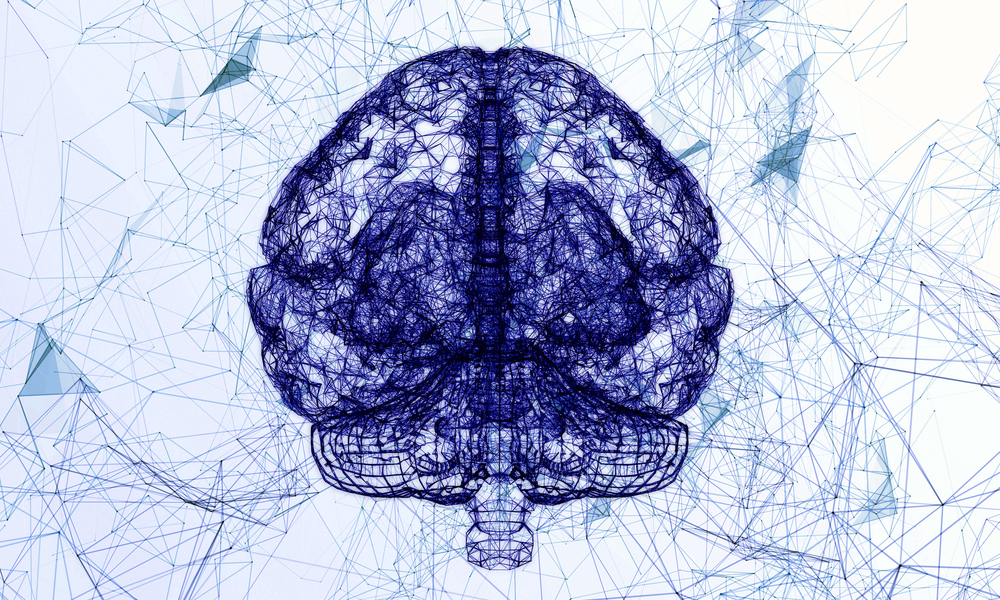Gene Behavior in Brain Hemispheres May Explain Asymmetry of Parkinson’s Symptoms

Differences in gene expression between the left and right hemispheres of the brain may explain why Parkinson’s patients often show symptoms on one side of the body first, and continue to have more pronounced symptoms on that side as their disease progresses, a study suggests.
According to the research, such asymmetry in what is called epigenetic regulation — the switching ‘on’ and ‘off’ of genes — was mostly seen in genes involved in neurodevelopment and brain disorders, rendering one side of the brain more susceptible to disease.
The study, “Hemispheric asymmetry in the human brain and in Parkinson’s disease is linked to divergent epigenetic patterns in neurons,” was published in Genome Biology.
Parkinson’s often affects brain hemispheres differently, causing the disease’s motor symptoms to manifest first on one side of the body before progressing to the other side. Cognitive symptoms also change depending on the brain hemisphere that is more extensively affected.
It is clear that asymmetries in the brain make neurons in one hemisphere more susceptible to degeneration than neurons in the other hemisphere, but what mechanisms render some neurons more vulnerable than others is unknown.
Researchers at the Van Andel Institute and at Michigan State University thought that differences in epigenetic regulation were a plausible reason for this brain asymmetry.
Epigenetics is a set of DNA modifications that do not change the DNA sequence, but define which genes are active and to what extent. For example, a person born with a capacity to be tall is not likely to grow as much as their genes would allow if undernourished as a child.
In the brain, specific epigenetic signatures help brain subregions specialize in their specific functions. During development, epigenetics is also involved in defining which hemisphere is dominant — defining, for example, whether a person will be right or left handed.
To find out whether asymmetric epigenetic regulation plays a role in Parkinson’s disease, the team examined neurons isolated from the left or right prefrontal cortex — the region of the brain that is mostly affected in Parkinson’s — from 57 people with this disease and 48 healthy controls.
Results showed that both controls and patients had extensive asymmetries in DNA methylation — a type of epigenetic modification — in cortical neurons. But while a total of 3,068 genes that were differentially regulated across hemispheres in controls, this number rose to 4,691 in the brains of Parkinson’s patients.
In controls, most genes were involved in neurodevelopment and brain diseases, the researchers found, suggesting that their differential activation could be causing one hemisphere to be more vulnerable to brain disorders than the other.
In patients, some of the genes that were asymmetrically regulated were known risk Parkinson’s genes.
Researchers then found that the brain hemisphere with most epigenetic abnormalities, compared to controls, often matched the side of the body with most prominent disease symptoms. Notably, the genes that were abnormally regulated in people with matched symptoms, but not in those with unmatched symptoms, were mostly involved in immune responses, neurodevelopment, and nerve cell-to-cell communication (neurotransmission).
The findings were replicated in another group of 21 patients and 31 controls.
With increasing age and disease duration, Parkinson’s patients gradually see their disease affect both sides of the body. Consistently, aging was seen to be associated with a progressive loss of asymmetry in epigenetic regulation in both patients and controls, though that loss was more pronounced in patients, the study reported.
But researchers noted that patients with a long disease course had greater hemispheric epigenetic asymmetry than did those with a shorter, or faster, disease course.
“We all start out with prominent differences between the left and right sides of our brains (epigenetic asymmetry). As we age, however, our hemispheres become more epigenetically similar,” Viviane Labrie, PhD, the study’s lead author, said in a press release.
“For Parkinson’s, this is significant: people whose hemispheres are more alike early in life experienced faster disease progression, while people whose hemispheres were more asymmetric had slower disease progression,” Labrie said.
“Many of these changes are clustered around genes known to impact Parkinson’s risk. There is huge potential to translate these findings into new therapeutic strategies,” she added.
The research also suggests that early “differences in neuronal structure and survival, in combination with lifelong differences in immune activity and neurotransmission across hemispheres, lead to unilateral [one-sided] vulnerability,” potentially explaining the corresponding affect of Parkinson’s symptoms on the body, the researchers concluded.






